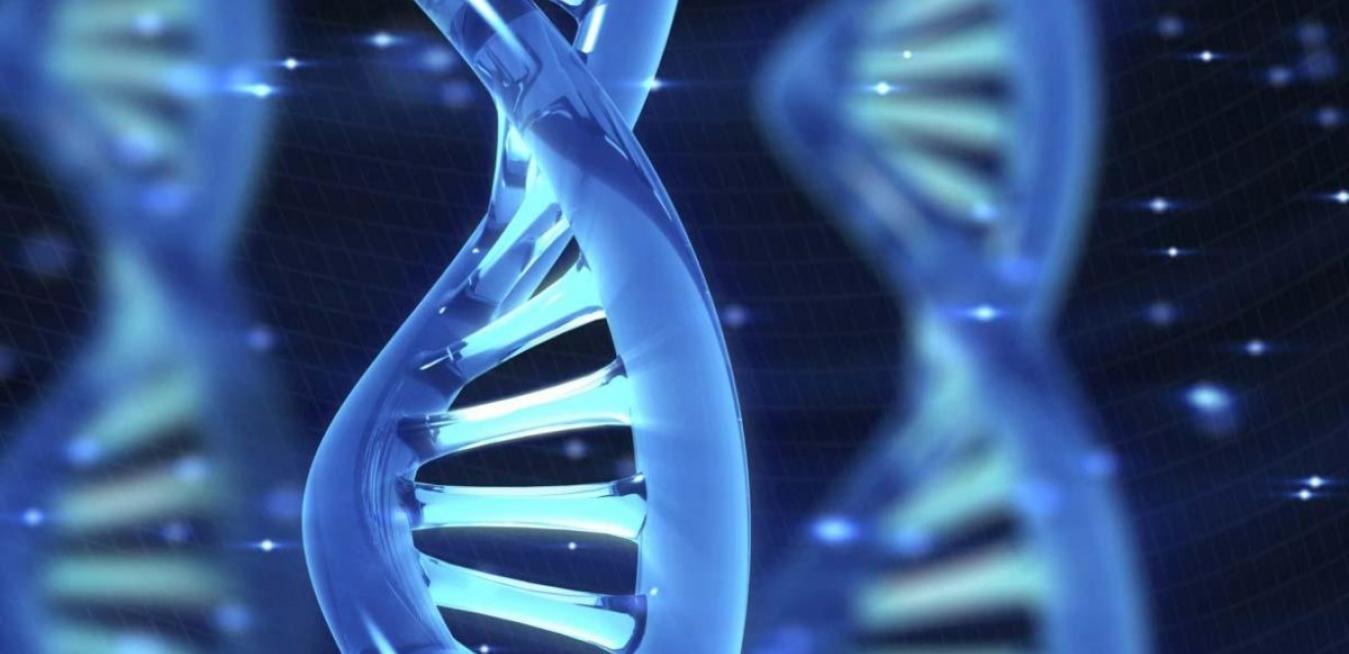GE is light years ahead after launching a breakthrough portable DNA scanner at the 25th World Congress of the International Society for Forensic Genetics in Melbourne in early September.
The scanner uses a new process called microfluidics to present a DNA analysis and database match in only 85 minutes - a process that used to take at least 48 hours.
Long delays in DNA tests can cause frustrating delays in police criminal investigations, with some results taking four days to return from forensic laboratories.
"We have miniaturised a forensic laboratory and put it on a single chip, which contains in a dried form all of the chemistry needed to do DNA extraction and identification,” said Dr Brian Hood, General Manager of GE Life Science in Australia and New Zealand.
The chip is only used for a one-off analysis within the scanner and is designed to be disposable. Dr Hood said it resolves issues which plague forensic laboratories like service engineering and calibration of chemicals and consumables.
Up to five DNA samples can be processed at once, and can be instantly matched to a central database if there’s an internet connection available.
Australia’s national criminal DNA database, operated by the government agency Crimtrac, holds around 700,000 DNA profiles. These can be matched to convicted criminals, suspects, or to other crime scenes.
“This will give the police what they need - an answer, in a very short amount of time, on whether a person is a possible match to the database,” Dr Hood said.
The scanner is designed to be portable and will withstand the shocks and vibrations felt in regular forms of transport. The machine can be used after just a few hours training.
The DNA scanner will also be very useful for disaster victim identification after events like the 2004 Indian Ocean tsunami, which killed over 230,000 people.
“Every accredited forensics laboratory in the world contributed to identify the vast numbers of people involved in the Tsunami disaster,” Dr Hood said.
“Something like this that's portable and fast could have been a huge benefit to that sort of work.”





